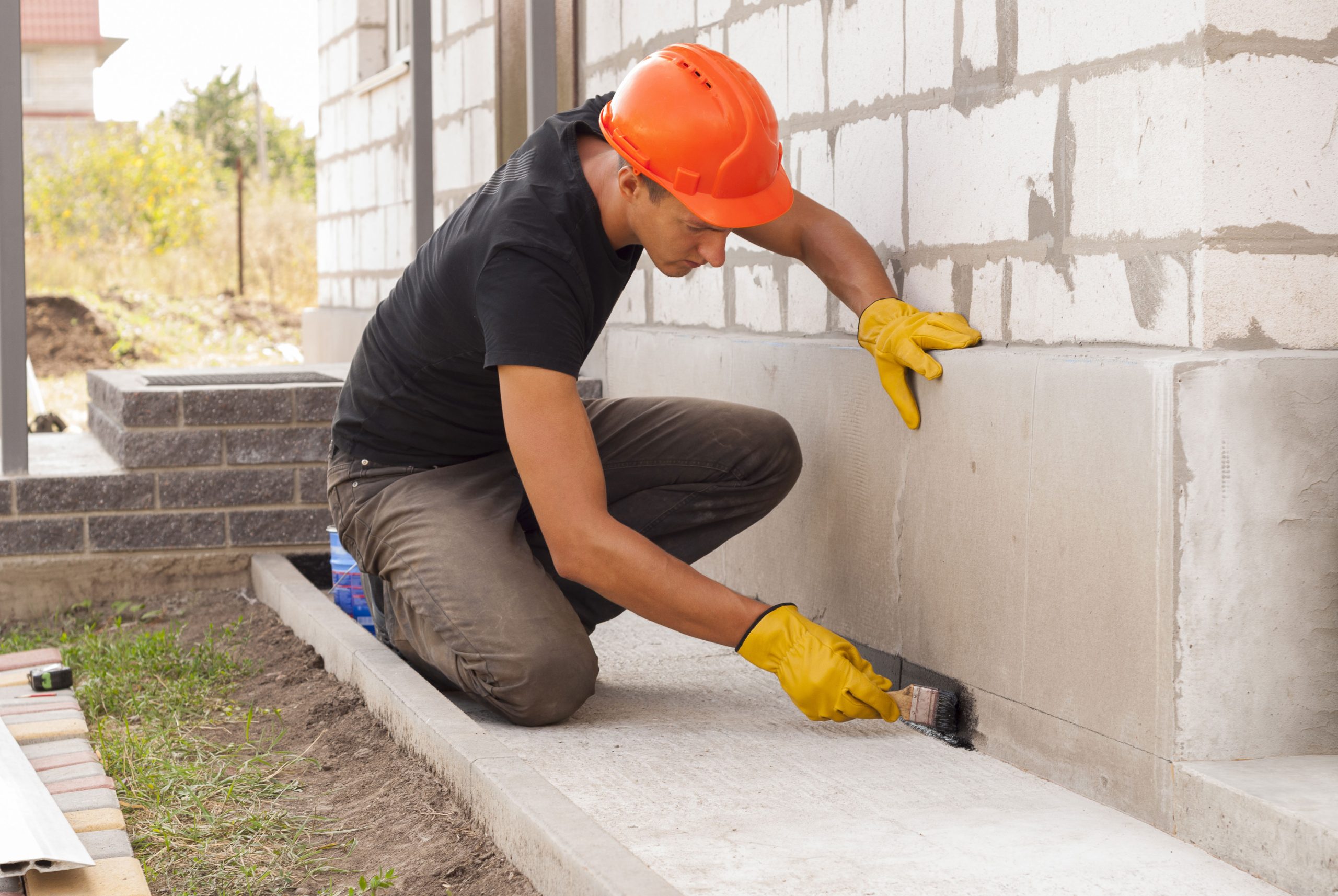Get your waterproofing consultation today
1. Make a quick call or complete our form
Don’t worry about any charges for our calls or forms. If you decide to work with one of our waterproofing network experts, only then you’ll be charged. Our contractors in Gracewood are experienced in the latest waterproofing techniques, so you can be sure that your home or business is in good hands with one of our professionals. Get in touch with us today and fill out our free estimate form or call us anytime.
2. Get matched with waterproofing pros in Gracewood
If you’re too busy to take the time to find a waterproofing expert, our form is perfect for you. Submit it and someone will get back to you in due time. If, however, you need a more immediate response, a phone call is the quickest way to connect with a waterproofing professional.
3. Find the right contractor for the right price
Are you looking for the best price on a waterproofing contractor? Our referral service is here to help! It’s totally free and will compare quotes from multiple contractors so you can find the best deal. Give it a try – there’s no risk involved!
Request a Quote
Why do you need a Gracewood waterproofing professional?
Waterproofing: A Comprehensive Guide to Protecting Your Roof
Waterproofing your roof is essential for safeguarding your home from the damaging effects of water. Moisture can penetrate through cracks and gaps, leading to leaks, rot, and structural problems. This can result in costly repairs and even shorten the lifespan of your roof. Understandably, waterproofing can be a daunting task, but by following the steps outlined in this comprehensive guide, you can effectively protect your roof from the elements.
Understanding Waterproofing Materials
The first step in waterproofing your roof is to choose the right materials. Several options are available, each with its advantages and disadvantages.
Asphalt Shingles
Asphalt shingles are a popular and cost-effective waterproofing material. They are durable, waterproof, and fire-resistant. However, they may not be the best option for areas with extreme weather conditions.
Metal Roofing
Metal roofing is another durable and waterproof option. It is also fire-resistant and can withstand high winds. However, metal roofing can be more expensive than other materials.
Rubber Roofing
Rubber roofing is a flexible and waterproof material that is easy to install. It is also resistant to punctures and tears. However, rubber roofing can be more expensive than other materials and may not be suitable for all climates.
TPO Roofing
TPO roofing is a synthetic material that is waterproof and resistant to UV rays. It is a durable and affordable option that is often used on commercial buildings.
Steps to Waterproof Your Roof
Once you have chosen the right materials, you can begin the waterproofing process.
1. Inspect Your Roof Thoroughly
Before starting any work, it is important to inspect your roof for any signs of damage. Look for cracks, holes, or missing shingles. If you find any damage, it is important to repair it before waterproofing.
2. Clean Your Roof
Once you have inspected your roof, it is important to clean it. This will remove any dirt, debris, or algae that could interfere with the waterproofing process.
3. Apply Waterproofing Material
Once your roof is clean, you can apply the waterproofing material. Follow the manufacturer’s instructions carefully to ensure that the material is applied properly.
4. Seal All Seams and Joints
Once the waterproofing material is applied, it is important to seal all seams and joints. This will prevent water from leaking through.
5. Inspect Your Roof Regularly
Once your roof is waterproofed, it is important to inspect it regularly for any signs of damage. This will help you catch any problems early and prevent them from becoming major issues.
Additional Tips for Waterproofing Your Roof
In addition to the steps outlined above, there are a few additional tips you can follow to ensure that your roof remains waterproof for years to come. * Keep your gutters clean and free of debris. Clogged gutters can cause water to dam up and leak through your roof. * Trim any trees that are near your roof. Overhanging branches can damage your roof and create entry points for water. * Ventilate your attic. Proper ventilation helps to prevent moisture from building up in your attic, which can lead to leaks. * Use a roof sealant. Roof sealants can help to prevent water from penetrating through cracks and gaps.
Conclusion
Waterproofing your roof is an important part of home maintenance. By following the steps outlined in this guide, you can effectively protect your roof from the damaging effects of water and ensure that it lasts for years to come.

[et_pb_section admin_label=”section”]
[et_pb_row admin_label=”row”]
[et_pb_column type=”4_4″][/et_pb_column]
[/et_pb_row]
[/et_pb_section]